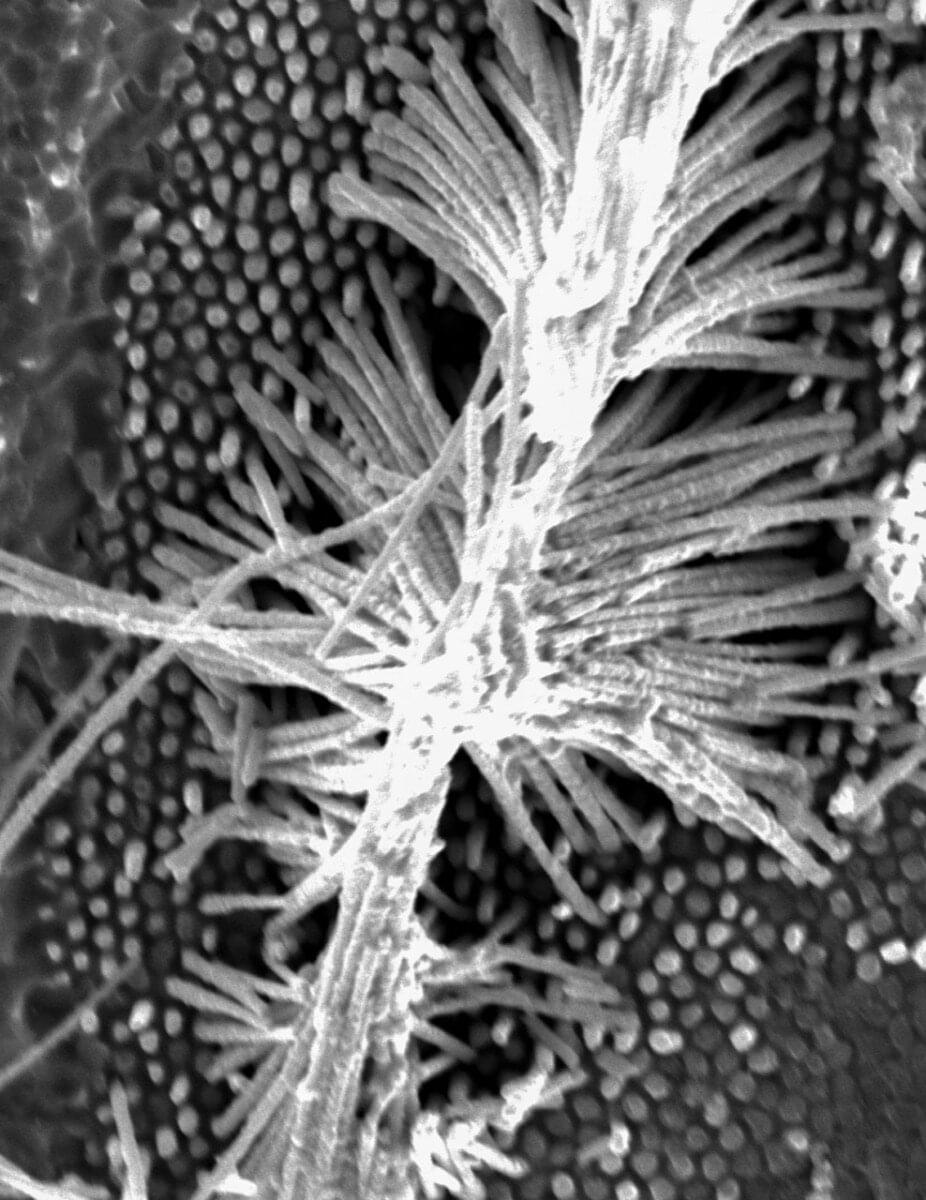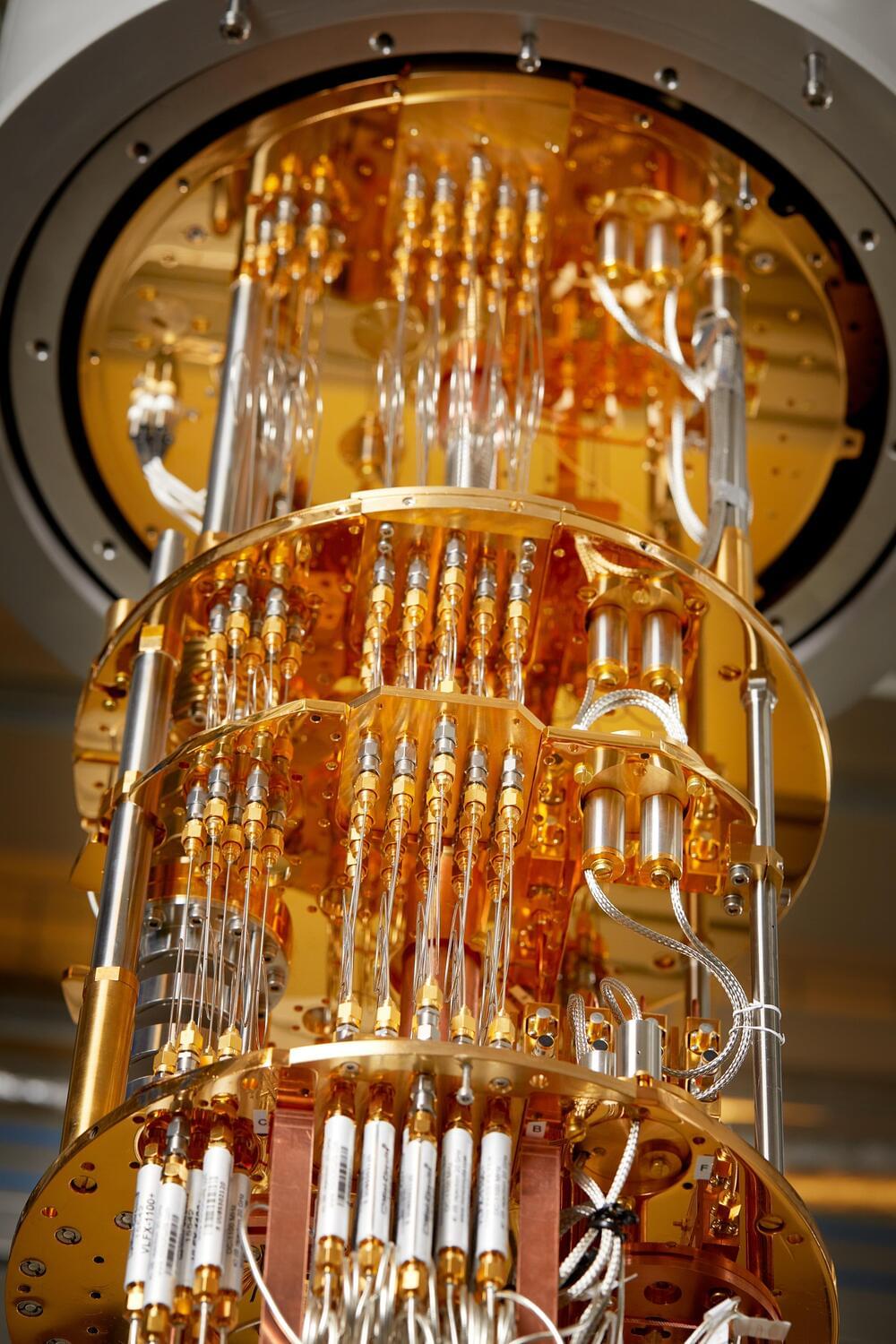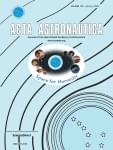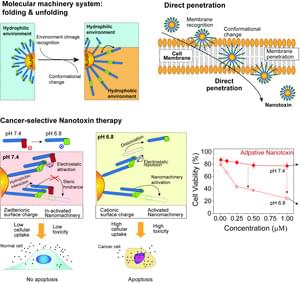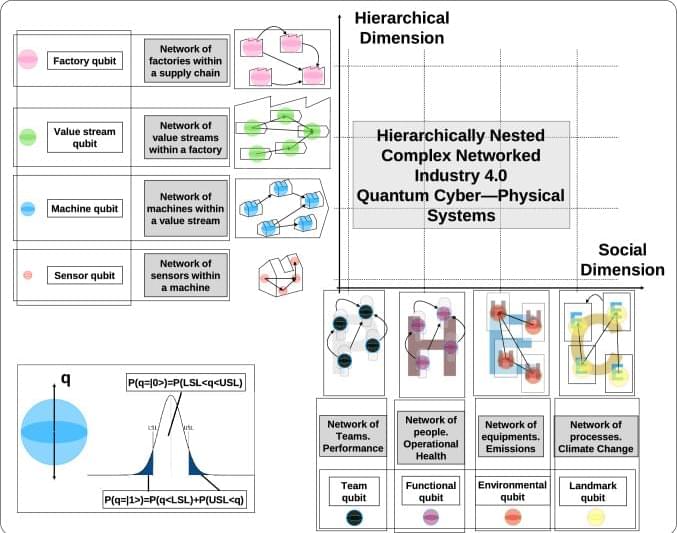Sometimes to make big breakthroughs, you have to start very small.
One way that scientists can get the most out of certain quantum materials is by fabricating nanoscale structures that generate new properties at the material’s surfaces and edges. Cornell researchers used the relatively straightforward process of thermomechanical nanomolding to create single-crystalline nanowires that can enable metastable phases that would otherwise be difficult to achieve with conventional methods.
“We’re really interested in this synthesis method of nanomolding because it allows us to make many different kinds of materials into nanoscale quickly and easily, yet with some of the control that other nanomaterial synthesis methods lack, particularly control over the morphology and the size,” said Judy Cha, professor of materials science and engineering in Cornell Engineering, who led the project.
